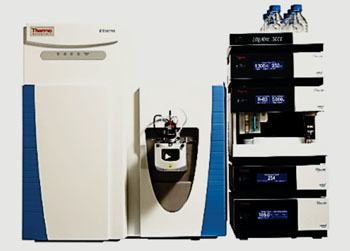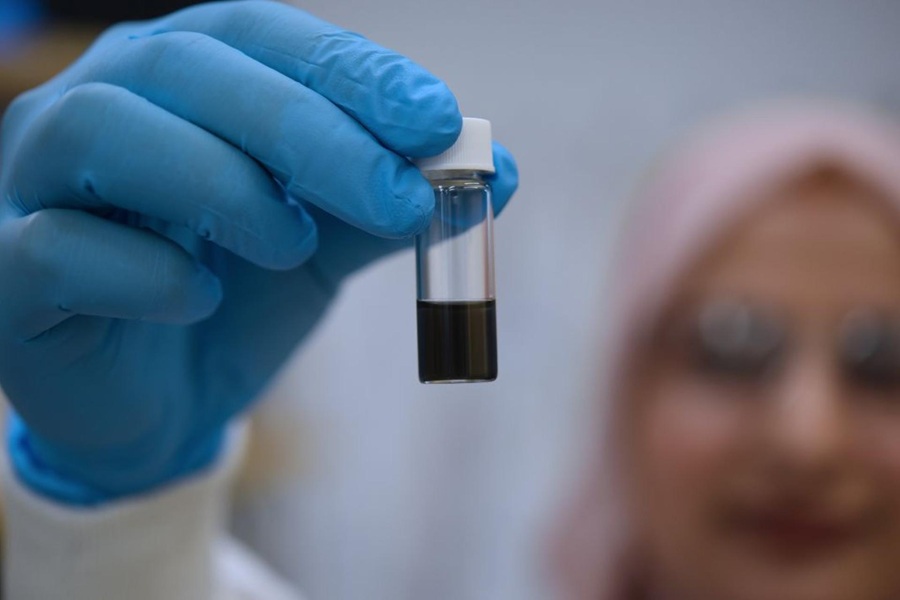Highly Sensitive Detection Method Monitors HDL Kinetics
By LabMedica International staff writers
Posted on 28 Apr 2016
High-density lipoprotein (HDL) is often referred to as good cholesterol, and high levels of HDL are associated with lower risk of cardiovascular disease, but many clinical outcome trials for drugs that raise HDL levels have failed to show significant benefits for trial participants.Posted on 28 Apr 2016
Current HDL detection methods usually measure only total HDL cholesterol, but a more sensitive detection method could allow investigators to measure the subfractions of HDL, and more precisely pinpoint which of these subfractions should be raised to help protect against cardiovascular events.

Image: The Q Exactive hybrid quadrupole orbitrap mass spectrometer (Photo courtesy of Thermo Fisher Scientific).
Scientists at Brigham and Women's Hospital (Boston, MA, USA) and their colleagues studied three participants, two female and one male who were ages 25, 33, and 49 years old; were overweight or obese with a body mass index (BMI) of 26, 31, and 31 kg/m2; and had low HDL-C levels of 48, 37, and 24 mg/dl, respectively. The three participants ate a controlled, high-unsaturated-fat diet for 32 days, 28 days prior to the kinetic study, and four days during the kinetic study.
Total plasma leucine (D3-Leu labeled and endogenous) was isolated from 0.2 mL of plasma from different time points and measured using a Gas Chromatograph/ Mass Spectrometer (GC/MS) 6890 GC, 5973 MS, (Agilent Technologies, Santa Clara, CA, USA). HDL was separated by size using nondenaturing polyacrylamide gel electrophoresis (ND-PAGE). Spectral counting was used for the relative quantification of the apolipoproteins. Peptide samples were analyzed with the Q Exactive mass spectrometer fronted with a Nanospray FLEX ion source, and coupled to an Easy-nLC1000 High performance liquid chromatography (HPLC) pump (Thermo Fisher Scientific, Bremen, Germany).
The investigators were able to identify 58 proteins in HDL that were shared among three participants. They followed up on seven of these proteins, monitoring their kinetics to better understand apolipoprotein metabolism and the formation of HDL particles. Their results suggest that the traditional view of the role of HDL in reverse cholesterol transport may oversimplify the roles and contributions of various components of HDL.
The authors concluded that their study demonstrated the feasibility of closer monitoring of HDL kinetics. They believe that establishing new, high-resolution methods that can monitor HDL kinetics is critical to examine the desired effects of new drugs. This approach not only revealed novel evidence for the formation of HDL particles, but also found that each HDL subfraction has a unique proteome, which may help to discover new therapeutic targets. The study was published on April 1, 2016, in Journal of Lipid Research.
Related Links:
Brigham and Women's Hospital
Agilent Technologies
Thermo Fisher Scientific














